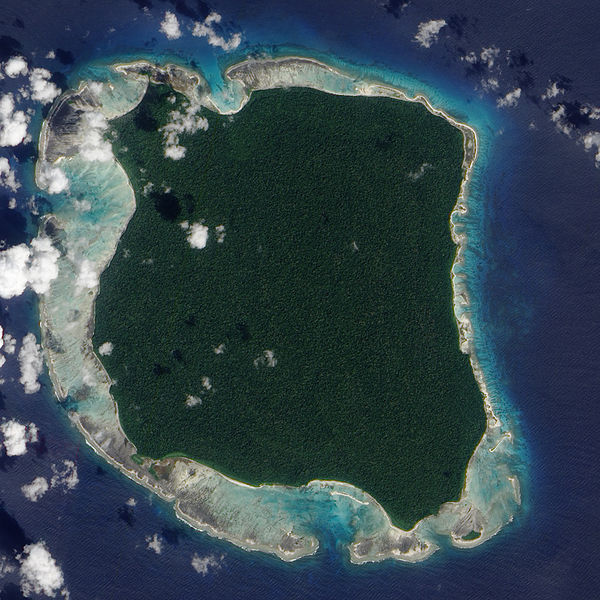Dirty_Jerz
Ethiop



The Sentinelese (also Sentineli, Senteneli, Sentenelese, North Sentinel Islanders) are one of the Andamanese indigenous peoples and one of the most uncontacted peoples of the Andaman Islands, located in India in the Bay of Bengal. They inhabit North Sentinel Island which lies westward off the southern tip of the Great Andaman archipelago. They are noted for vigorously resisting attempts at contact by outsiders. The Sentinelese maintain an essentially hunter-gatherer society subsisting through hunting, fishing, and collecting wild plants; there is no evidence of either agricultural practices or methods of producing fire. Their language remains unclassified.
The present population of the Sentinelese is not known with any great degree of accuracy. Estimates have been produced ranging from lower than 40, through a median of around 250, and up to a maximum of 500. In the year 2001, the Census of India officials recorded 39 individuals (21 males and 18 females); however, out of necessity this survey was conducted from a distance and almost certainly does not represent an accurate figure for the population who range over the 72 km2 (17,800 acres) island. Any medium- or long-term impact on the Sentinelese population arising from the 2004 Indian Ocean earthquake and resulting tsunami remains unknown, other than the confirmation obtained that they had survived the immediate aftermath.On previous visits, groups of some 20–40 individuals were encountered regularly. Habitations of 40–60 individuals were found on two occasions. As some individuals are almost certainly hiding, a better approximation of group size cannot be determined. This would suggest that some 2–6 groups occupy the island. The rule of thumb population density of 1.5 km2(370 acres)/individuals in comparable hunter-gatherer societies indicates that one such group could live off the land alone. A significant amount of food is derived from the sea. It seems that the groups encountered, at any one time, could only have come from a rather small part of the island. There appear to be slightly more males than females. At any given time, about half of the couples seemed to have dependent children or the women were pregnant.







